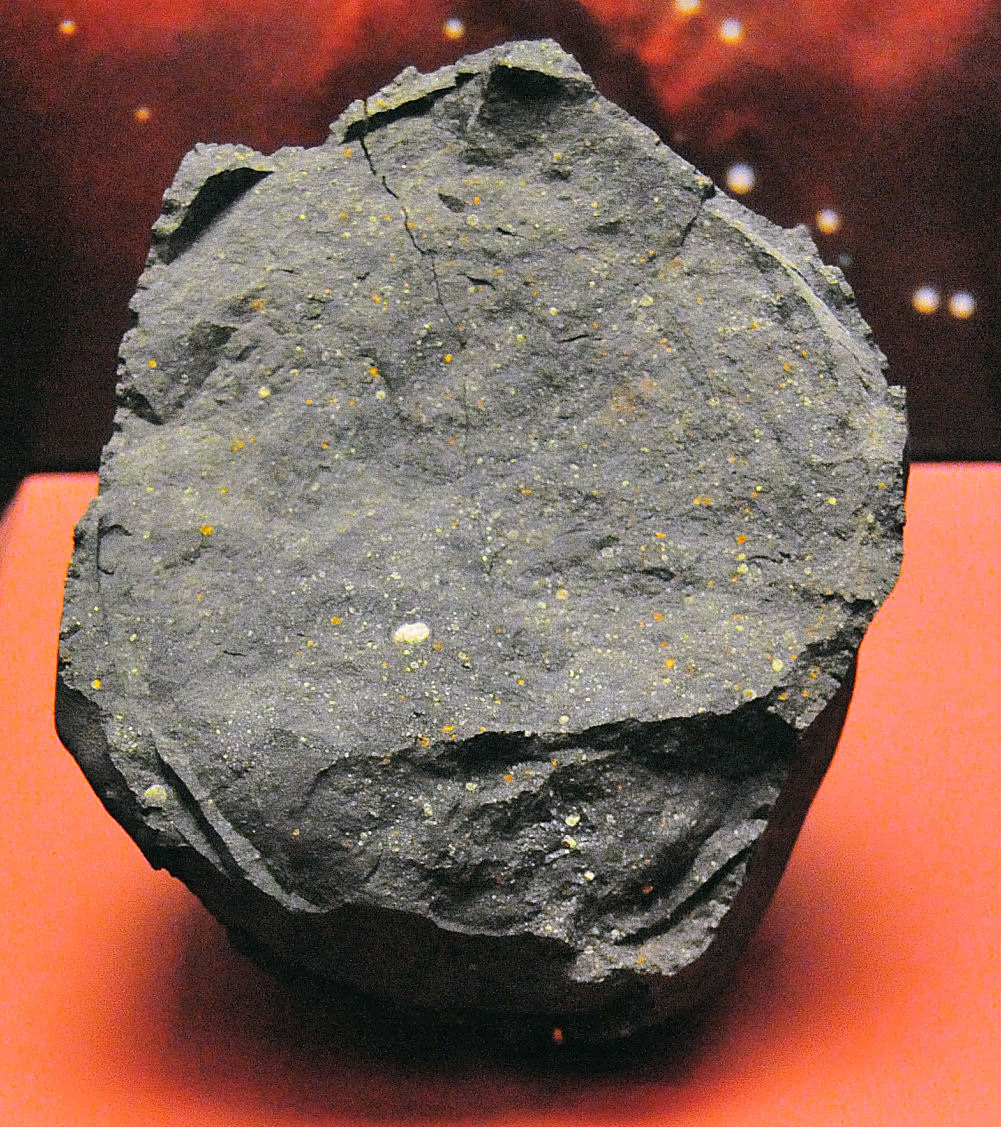Long before a space rock brought death on an unprecedented scale to the dinosaurs, smaller counterparts seeded the world with the materials to make life. In the 1960s, meteorites were shown to contain some, but not all, of the nucleobases from which DNA and RNA have formed. Now, the finding of the missing nucleobases in meteorites strengthens the case that the chemistry required to make life possible came from the skies.
The early Earth was a very hostile place, hot enough at times to rip apart the molecules necessary to make life. This raises an obvious question as to where these molecules came from once the planet was cool enough to maintain them, and asteroids and comets are the obvious answer.
The idea gained some support when guanine, adenine, and uracil – all nucleobases that help form nucleic acids including DNA and RNA – were found inside meteorites along with five other nucleobases. These chemicals are necessary, but not sufficient to begin life as it exists on Earth. So the announcement that the missing essential nucleobases cytosine and thymine have been found in meteorites for the first time fills a major gap.
Finding cytosine and thymine in meteorites is not a surprise. Besides the question of how else they could have been present on Earth when required, experiments modeling conditions in outer space suggest both should form there. Nevertheless, the failure to actually find these crucial molecules in space rocks left the nagging question of whether there was something we had missed.
Cytosine and thymine are both classed as pyrimidine nucleobases, formed from a single six-membered nitrogen ring. However, so is uracil, which had been found in meteorites previously. Lead author Professor Yasuhiro Oba of Hokkaido University and co-authors have now found all three in the Murchison, Murray, and Tagish Lake meteorites. The same samples also include structural isomers (molecules with the same atoms but arranged differently) of the pyrimidine nucleobases.

A large piece of the Murchison meteorite, one of the most important meteorites ever found.
The three meteorites were all chosen because they are carbon-rich and collected soon after landing. The Murchison meteorite has been a particular bonanza for scientists, with 96 different amino acids found in it previously. Yet despite the intensity of study it has been subjected to, cytosine and thymine were not detected until now, possibly because the harsher extraction methods used by previous researchers destroyed the more delicate molecules.
Two fragments of the Murchison meteorite produced concentrations of the nucleobases that varied by a factor of 10, indicating it also pays to keep looking if the first sample from a promising meteorite doesn’t have the molecules you seek.
Oba’s team previously demonstrated these nucleobases can form from ices of water, carbon monoxide, methanol, and ammonia under the conditions existing between the stars. Whether this was where they actually came from is just guesswork at this stage, however.
If the molecules for life came from outer space, other planets would be bathed in them too, increasing the chances of life elsewhere in the universe. This conclusion should not be confused with the far more exotic panspermia hypothesis, in which life itself came to Earth from elsewhere.
The study is published in in Nature Communications.
An earlier version of this article was published in April 2022.
Source Link: DNA And RNA Bases, "Missing" Building Blocks Of Life On Earth, Found On Meteorites